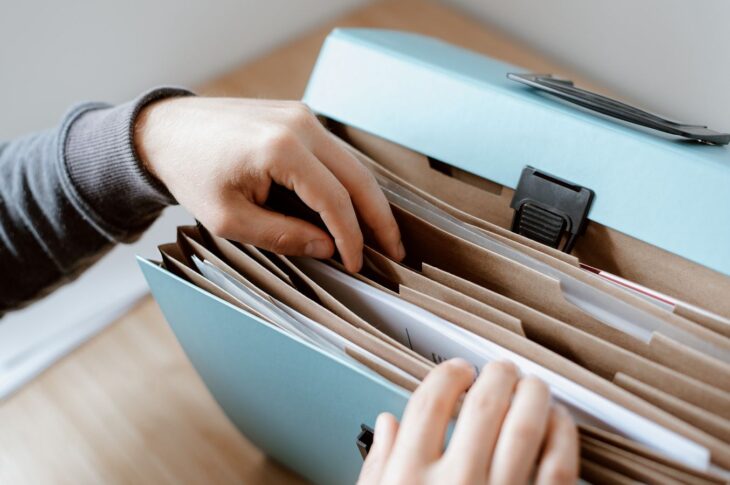Top 4 questions on making a deed of variation, answered by Shelly Wainwright – When should I make a deed of variation?
26th January 2016
If a loved one has died, naming you as a beneficiary in their will you can choose whether or not to accept their gift. There may be many reasons why you might chose to decline, you may not need the gift and instead want to pass the benefit onto someone else, you may not want to increase the size of your own estate, or you may want to reduce inheritance tax liability.
In this series of four blogs, Shelly Wainwright, wills and probate lawyer at Ansons Solicitors, explains how to use a deed of variation to change the terms of a will after someone has died, and answers the four most frequently asked questions:
When should I make a deed of variation?
The deed of variation must be signed by you within two years of the date of the deceased’s death. This could be before, or after, you have received your share of the estate. If the deceased died more than two years ago then a deed of variation cannot be prepared.
Making a deed of variation may have implications on the legal ownership of assets and inheritance tax liability. You should always take independent legal advice before signing any such document.
For more information on deeds of variation, or any other wills and probate matter, contact Shelly Wainwright in the wills and probate team, on 01543 267 984 or email swainwright@ansonsllp.com. Ansons Solicitors has offices in Cannock and Lichfield, Staffordshire.


